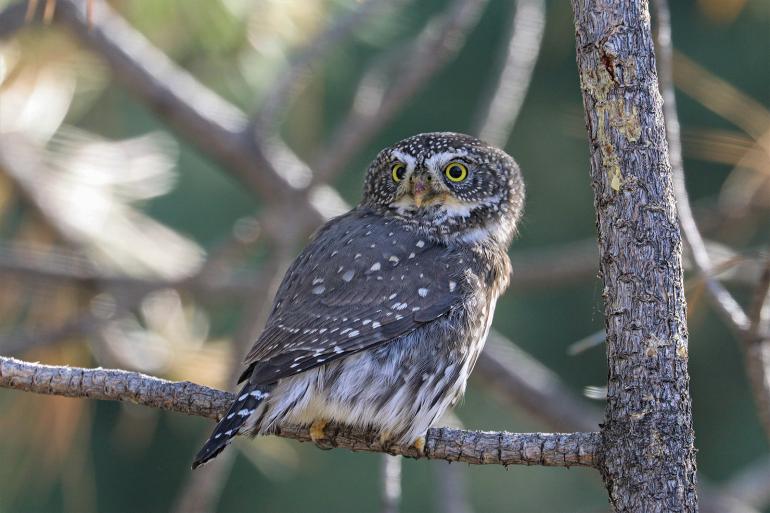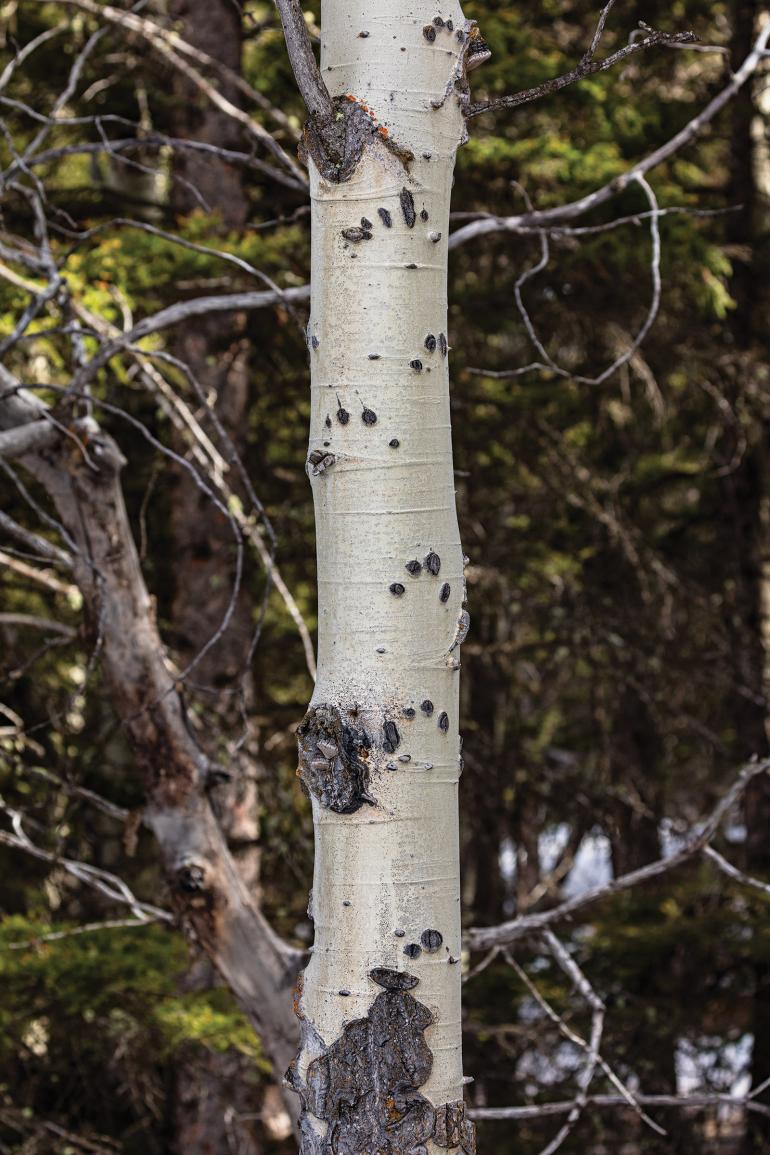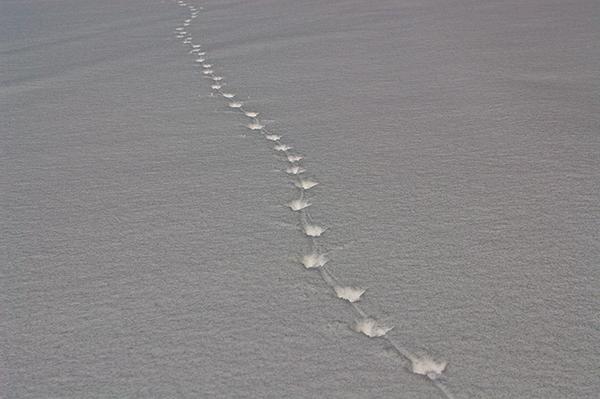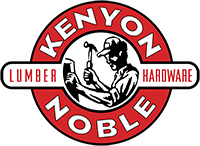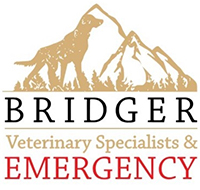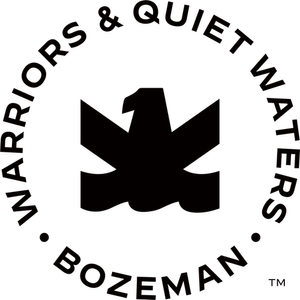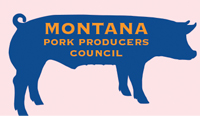Sign Language
Enriching your senses in the outdoors, part one.
Whether you’re hunting or hiking, fall brings its own unique swath of sensory opportunities. Some, like the golden leaves of late-September aspens, are well known, but others may be less obvious.
I hunt year-round, but that doesn’t mean I’m out to kill. It means I seek to observe wildlife and the natural world. Ultimately, this contributes to my annual mission in procuring natural, delicious table fare for the coming months.
Naturalists and hunters alike can improve their experience by simply paying attention, increasing awareness, and developing routine, natural intuition. Here are a few sensory opportunities to enhance your fall season.
Sight
Tracks in the mud or snow are an obvious clue to an animal’s presence. But have you considered “tree tracks?” If you haven’t yet noticed the tracks of a black bear on the white-barked trunk of an aspen, you’re missing out on a mini-story.
When a black bear climbs an aspen, which it often does to escape a ground-based threat, its claws dig into the thin, smooth bark. The tree responds by laying down growth over the cut. Dark scar tissue remains. The upward tracks appear as dots, while downward sliding is indicated by streaked lines.
Porcupines may leave similar sign, and of course, male moose, elk, and deer will rub their antlers on trees and shrubs prior to and during the rut. The height and diameter of the branches and trunks may help you define the species as well as relative body (and antler) size.
Speaking of elk, it’s easy to observe elk beds after a snowfall. Large beds indicate adults, while small beds indicate calves. Smaller groups of large beds may indicate a band of bulls. If you are hunting, consider that a spike or a legal “brow-tine” bull may be with a herd of cows and calves.
When elk casually rise from beds they frequently urinate before stepping away from the bed. Cows will spray near the rear of the bed. Bulls will spray more towards the center and front.
Scent
If you’ve ever suddenly bumped into the scent of an elk herd while hiking or hunting, know how potent and unmistakable it is. I like when this happens, because it gives me an idea of how wildlife experience scent.
The scent is sweeter than a typical barnyard smell, but there is no mistaking it once you’ve confirmed the recent presence of an elk herd. You’ll never forget it. Search upwind, of course! In the fall, the cool air and moist earth will hold the scent longer, but a fresh scent is always the most powerful.
Sound
Small birds often make “alarm” calls when they detect us intruding into their space. Chickadees and jays are common examples. Their alarm may be toward you, but particularly if the calls are somewhat distant and upwind, they may be alarming toward an owl, fox, coyote, or bobcat. The familiar chickadee-dee-dee call is a sound of alarm, with more dee notes, and greater frequency and intensity, as the threat increases. If you hear a mix of species and great intensity, the grouping of birds is not merely issuing a warning, but is actively trying to harass something.
Every fall I listen for the constant “toot” call of a pygmy owl. It’s a series of hollow, clear notes, spaced one or two seconds apart. If it’s close enough, try following the sound and attempt to spot this little robin-sized owl with eye spots on the back of its head.
Touch
As the fall season progresses, snow will fall, melt, freeze, and fall again, producing varying textures and densities in snow and soil. The resulting characteristics can help you determine the age of an animal track.
When tracking or trailing, I often touch the tracks. The texture of the snow inside the track, compared to the surface, can give an idea of the track’s age. Experiment by watching live animals and then investigating the tracks they leave behind. If possible, visit those same tracks later in time.
Enhancement
If you want to improve your observational skills, there are lots of resources out there. Mark Elbroch has some great books on the subject, and there are plenty of videos on YouTube with tips. The most important thing is to get outside and pay attention!
Ken Sinay is a longtime naturalist and wildlife guide. His website is yellowstonenow.com.


